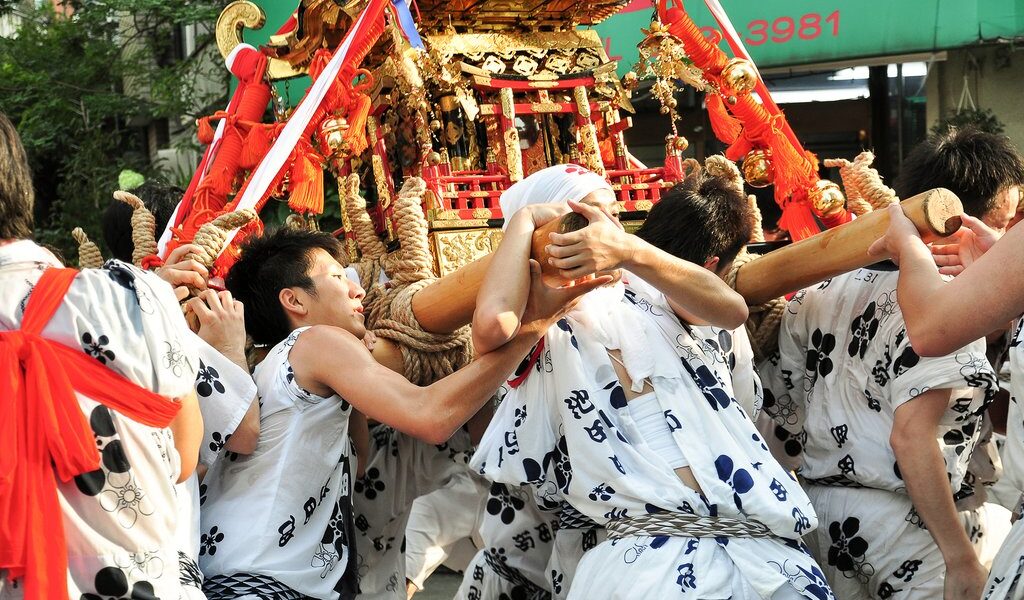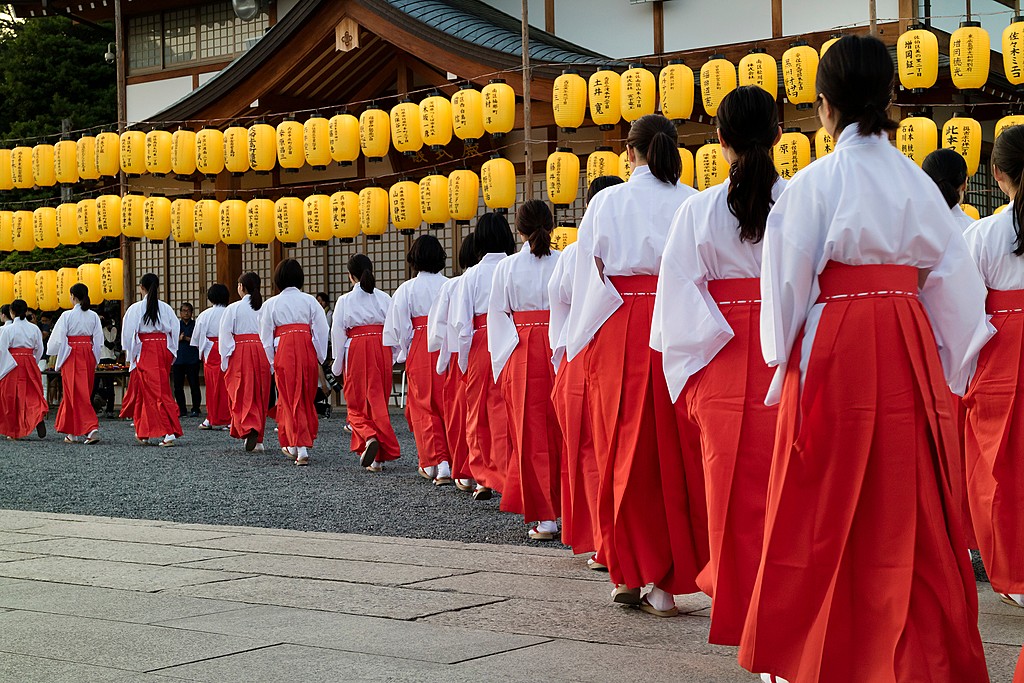
If you want to make friends on your trip to Japan, show an interest in Japanese culture—even younger generations are eager to share their heritage. The country’s top cultural activities happen year-round, so you’ll have no trouble taking part. From local festivals to cat cafés, there’s something in this list for every traveler.
## Delve Deep into the Soul of Japan: Unforgettable Cultural Experiences
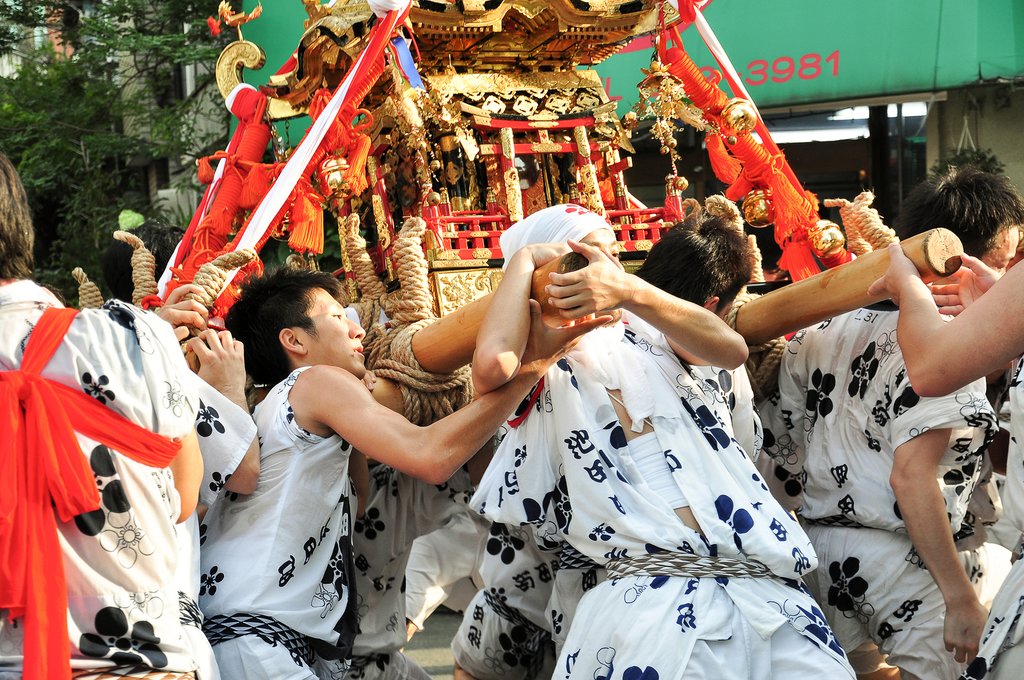
For those seeking an authentic and immersive cultural experience, there’s no better place to begin than at one of Japan’s vibrant and captivating festivals. Known locally as *matsuri*, these celebrations offer travelers a unique window into the heart of Japanese society. They are often characterized by their lively atmosphere, bursts of color, and a palpable sense of community. Participating in a *matsuri* is not just about witnessing a spectacle; it’s about engaging with the local culture, connecting with the people, and creating lasting memories.
The sheer variety of festivals across Japan means there’s almost always a *matsuri* happening somewhere, regardless of the time of year. Larger, more renowned festivals, such as the Gion Matsuri in Kyoto, a UNESCO-listed event boasting a history stretching back over 1,100 years and featuring magnificent processions of elaborately decorated parade floats, require careful planning due to their immense popularity. These grand celebrations draw massive crowds, so securing accommodations and transportation well in advance is highly recommended.
However, the charm of Japan’s festival scene extends far beyond these famous events. Countless smaller, local festivals take place throughout the country, even in the smallest and most unassuming towns. These intimate gatherings offer a more personal and authentic experience. They are often closely tied to a local Shinto shrine or Buddhist temple, serving as a focal point for the community’s spiritual and social life.
Wandering through the temple grounds during a local *matsuri* is a feast for the senses. Stalls laden with tasty snacks tantalize your taste buds, while a variety of children’s games offer a glimpse into traditional Japanese pastimes. Trinket and fortune vendors add to the festive atmosphere, providing opportunities to purchase unique souvenirs and perhaps even glimpse into the future. And if you’re particularly fortunate, you might stumble upon a raucous traditional procession, a captivating live musical performance, or even a thrilling sumo match, showcasing the diverse range of cultural experiences that *matsuri* can offer.
While *matsuri* occur year-round in various locations across Japan, attending a summer festival offers a particularly enchanting experience. The warm summer nights create a magical ambiance, with attendees often seen strolling around in lightweight cotton kimono, their vibrant colors adding to the festive atmosphere. Twinkling lights strung overhead cast a warm glow, creating a scene straight out of a fairytale. Indulge in a fish-shaped cake, known as *taiyaki*, a beloved Japanese treat, or cool down with a refreshing cup of shaved ice as you immerse yourself in the celebrations. The combination of sights, sounds, and flavors makes a summer *matsuri* an unforgettable experience.
## Embark on a Culinary Odyssey with a Kaiseki Meal
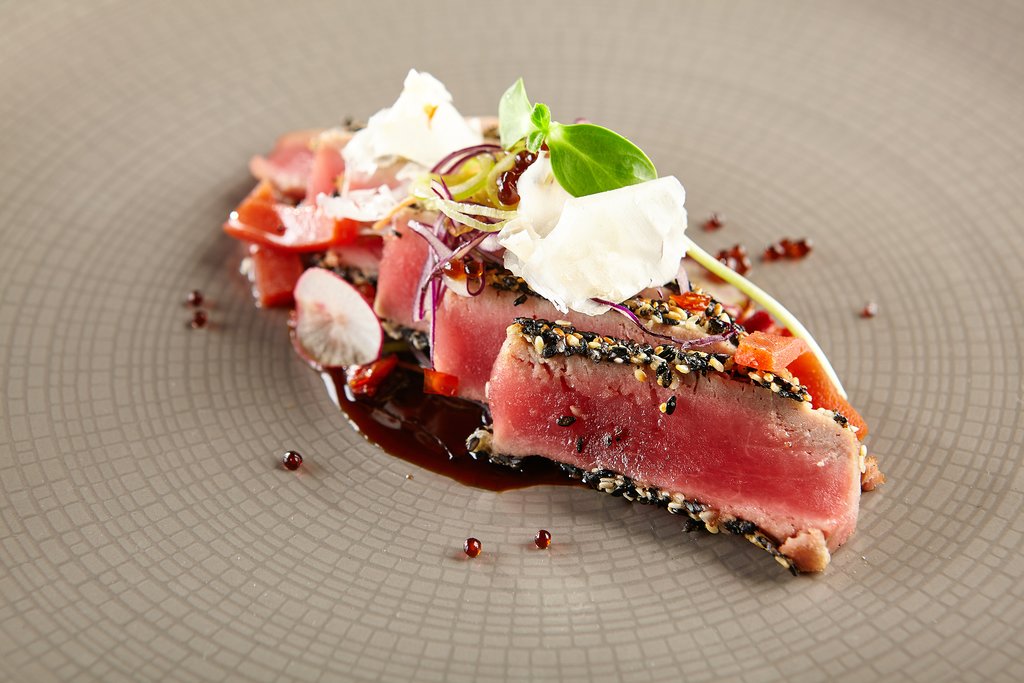
To truly appreciate the artistry and finesse of Japanese cuisine, one must experience *kaiseki-ryōri*, the pinnacle of Japanese haute cuisine. More than just a meal, *kaiseki* is a multi-sensory experience, a culinary journey that engages all the senses and offers a profound understanding of Japanese culinary philosophy.
Prepare to be treated to a succession of small, exquisitely presented dishes, each served individually with meticulous attention to detail. The presentation of each course is as important as the flavor, with chefs employing artistic plating techniques to create miniature works of art. *Kaiseki* meals are typically found in high-end *ryokan* inns or specialized restaurants, where the ambiance is carefully curated to enhance the dining experience.
Consider *kaiseki* as a culinary exploration, a journey through the diverse flavors and textures of Japan. Each dish is crafted using the freshest seasonal ingredients, carefully selected to create a harmonious balance between taste and visual appeal. The minimalist décor of the dining space further enhances the experience, allowing the focus to remain firmly on the food itself.
Be prepared to indulge, as *kaiseki* meals often come with a higher price tag. However, the experience is well worth the investment for those seeking a truly unforgettable culinary adventure. If a full *ryokan* stay doesn’t fit your budget, consider seeking out reasonable lunch packages at local restaurants that offer *kaiseki* options. Regardless of how you choose to experience it, don’t leave Japan without savoring the delights of *kaiseki*. It’s a meal that perfectly embodies Japan’s unwavering dedication to detail, beauty, and the pursuit of sensory pleasure. Each element, from the selection of ingredients to the presentation of the dish, is carefully considered to create a truly harmonious and memorable experience.
## Find Serenity and Reflection in a Japanese Tea Ceremony
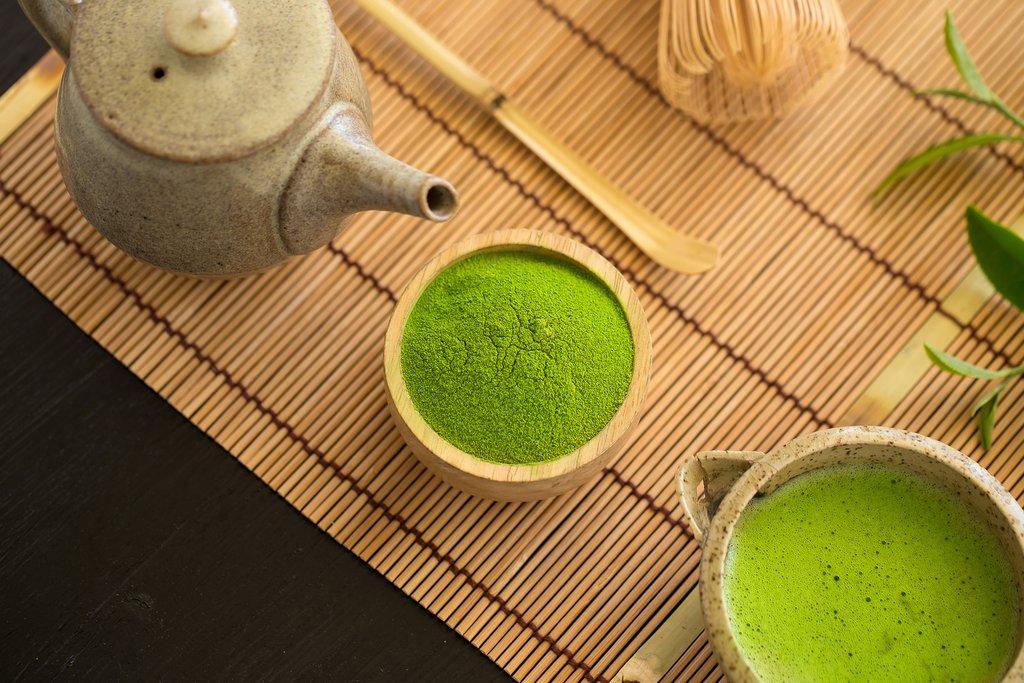
The tea ceremony, known as *chanoyu*, is another time-honored tradition that offers a glimpse into the heart of Japanese refinement and hospitality. It is far more than simply drinking tea; it is a meticulously choreographed ritual that emphasizes mindfulness, respect, and harmony. The tea ceremony is an intimate experience, typically limited to a small group of participants, fostering a sense of connection and shared appreciation.
This important social custom first emerged in the 16th century among Japan’s elite classes as a way to strengthen bonds between host and guest. The practice has evolved over the centuries, yet the core principles remain largely unchanged. Today, travelers can still partake in a tea ceremony and experience the mindful ritual firsthand.
The host of the ceremony uses a variety of specialized bamboo tools, along with finely-ground powered *matcha* (green tea) and carefully chosen handmade ceramics, to prepare and serve the tea. The quality of the materials and the meticulous preparation of the tea are expressions of respect and consideration for the guests.
Participating in this centuries-old ritual allows travelers to experience a taste—both literal and figurative—of Japanese hospitality. Before taking a sip, take a moment to appreciate the vibrant green hue of the brew and the delicate glaze of the stoneware bowl. But don’t be intimidated by the formality of the ceremony. Sipping the hot, frothy tea can be a surprisingly relaxing and rejuvenating experience, providing a welcome break from a busy day of sightseeing. It’s a moment to slow down, be present, and appreciate the simple beauty of the moment.
## Witness the Grace and Artistry of a Geisha Performance
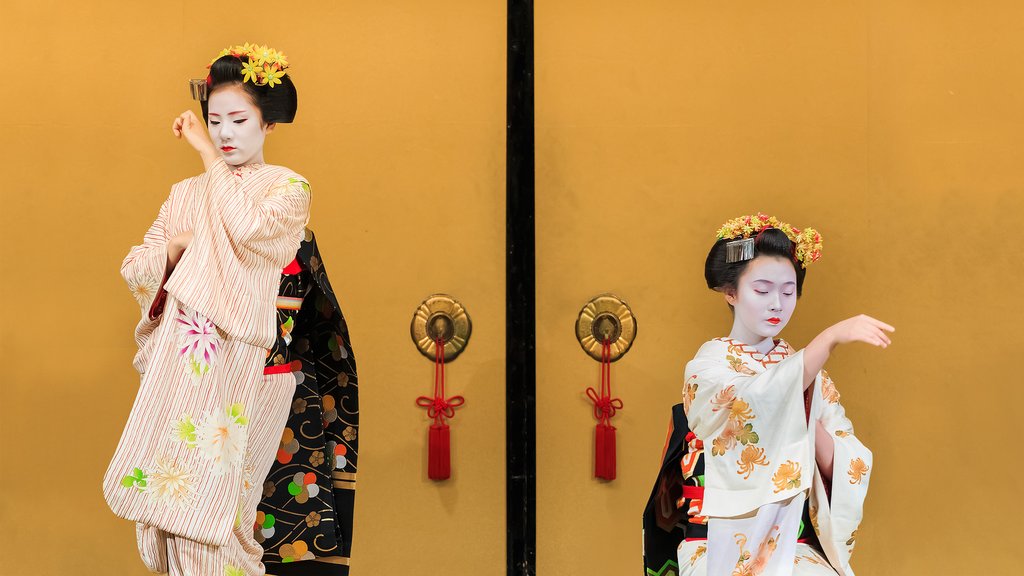
The profession of geisha, steeped in history and tradition, represents the epitome of Japanese artistry and refinement. These highly skilled performers undergo years of rigorous training to master traditional Japanese dances, songs, and musical instruments. Although they were once subject to societal stigma, geisha are now widely revered as phenomenal artists, celebrated for their exquisite kimonos, their distinctive white-powdered makeup, and their captivating performances.
While witnessing a private geisha performance can be a rare and exclusive experience, public geisha shows offer a more accessible way to appreciate their talent. Smaller-scale performances can also be arranged through specialized tour operators, providing the opportunity to interact with geisha in a more intimate setting, such as during a traditional dinner. These encounters offer a unique glimpse into the world of geisha and a deeper understanding of their art.
The Gion district of Kyoto, with its charming traditional wooden townhouses, remains Japan’s primary enclave for geishas. As you stroll through the streets of Gion, you might be fortunate enough to catch a glimpse of a geisha or *maiko*—a geisha-in-training—as they hurry between appointments. Listen carefully for the distinctive clack of their high-heeled wooden platform shoes, known as *okobo*, a sound that has echoed through the streets of Kyoto for centuries. The fleeting glimpse of a geisha is a reminder of the rich cultural heritage that permeates the city.
## Experience the Thrill and Ritual of a Sumō Match
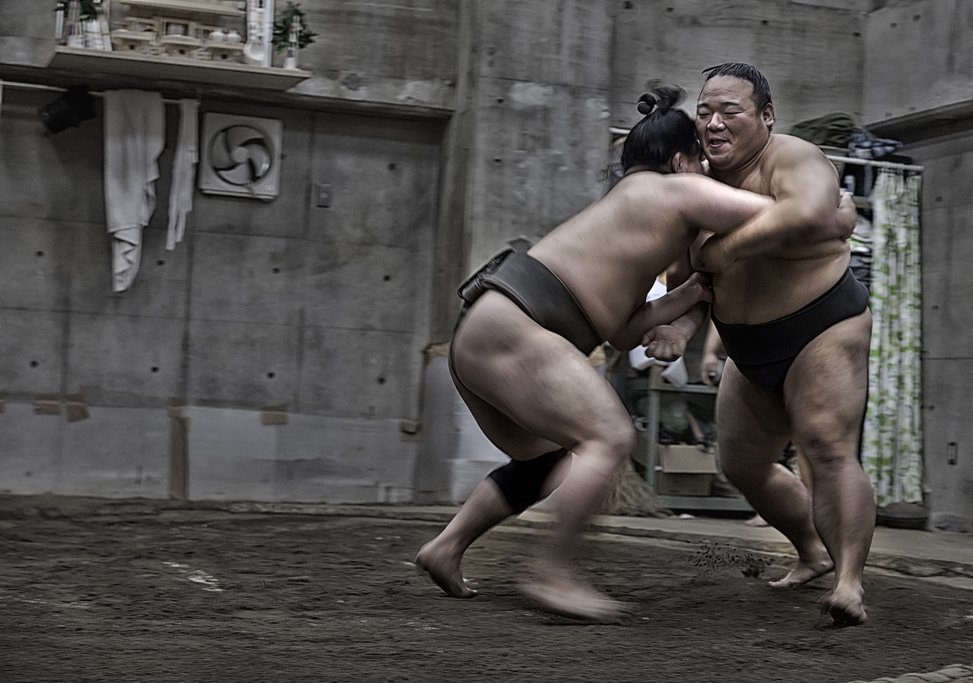
Watching a live sumo match is a quintessential “only in Japan” experience, a spectacle that seamlessly blends athletic prowess with ancient Shinto rituals. The sport itself is uniquely intertwined with Japanese culture, and every aspect of the match is imbued with deep cultural symbolism.
From the referees in their elaborate silk hats and traditional uniforms to the salt that wrestlers throw to purify the ring, every action has a specific meaning and significance. Even the claps and stomps performed by the wrestlers are a holdover from the days when sumo was a sacred religious ceremony. The entire event is a carefully choreographed display of tradition and respect.
For a modern-day cultural immersion, consider purchasing a bento box and enjoying your meal as you watch the match. While the atmosphere may not feel as overtly religious as it once did, the spectacle is sure to be both entertaining and thought-provoking. Tournaments typically last for several weeks, building up to the final championship matches. While it’s often possible to purchase tickets on the day of the event, securing them in advance is recommended, especially for the highly anticipated final matches. Six annual tournaments are held throughout Japan, providing ample opportunities to witness this unique sport. The Tokyo tournaments, held in January, May, and September, offer a convenient way to experience sumo while exploring the vibrant capital city.
## Embrace the Quirky Charm of Theme Cafés
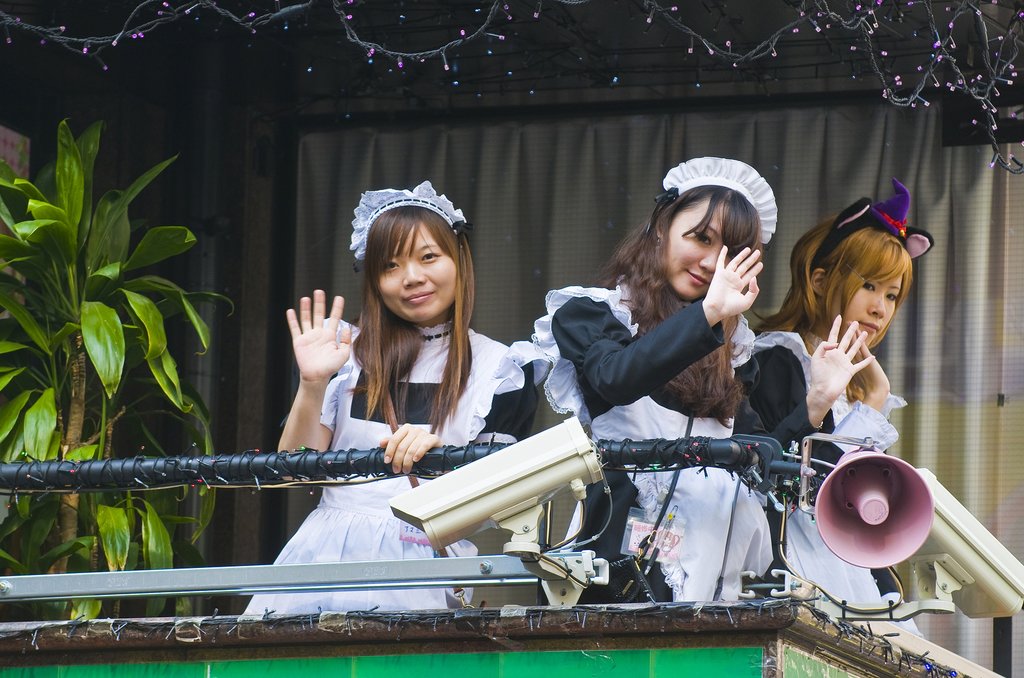
Themed cafés, a uniquely Japanese phenomenon, offer a playful escape from reality and a glimpse into the country’s vibrant subcultures. These establishments first evolved from Japanese subcultures like manga and anime, representing a whimsical departure from the ordinary. A defining characteristic of these cafés is the outlandishly costumed serving staff, who fully embrace their roles and contribute to the immersive atmosphere.
The original—and still the most famous—theme establishments are maid cafés, where waitresses dressed in cartoonish French maid uniforms dote on customers, creating a lighthearted and whimsical experience. In recent years, butler cafés have emerged, catering specifically to female customers and offering a similarly attentive and charming service.
Japan is also widely recognized as the birthplace of cat cafés, where patrons can sip lattes while interacting with a variety of furry feline companions. The popularity of cat cafés has inspired other animal-themed spinoffs, with rabbit, reptile, and owl cafés all gaining popularity. While cat cafés can be found even in smaller towns, some of the more unusual animal cafés are primarily located in larger cities like Tokyo and Osaka.
When in Tokyo, consider venturing beyond the animal cafés and exploring some of the more bizarrely themed establishments. You can find cafés filled with monsters, robots, and a myriad of other fantastical creations, each offering a unique and unforgettable experience. These themed cafés provide a fascinating glimpse into the creative and imaginative spirit of Japan.
**Word Count: 1283**
B-1447

